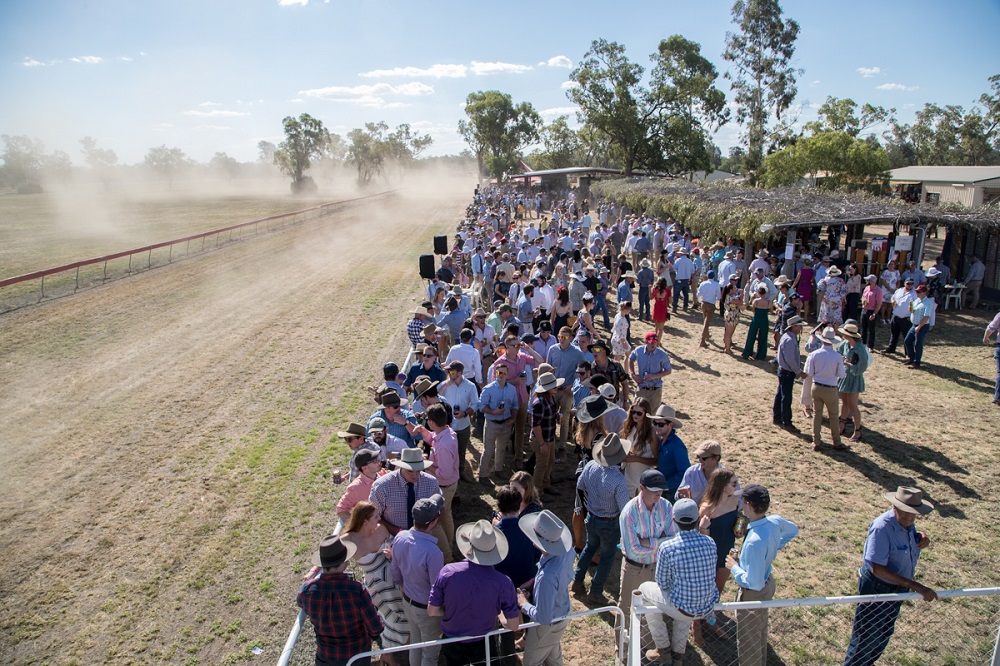
Believe it or not, the most powerful way to connect with your customers through your event marketing is completely free. It’s also probably sitting 10cm away from you right now – your mobile phone.
If you’ve read Social Skills, you’ll already know how powerful social media can be. Many events struggle with how they can stay relevant with their event marketing for 365 days of the year. Especially when their event is only 2-3 days of the year (and for many events, even less).
Truth be told, most event co-ordinators usually #nail their pre-promote event marketing. When the actual event comes around, they are generally so fatigued that event post-promotion is the last thing on their mind.
Rather than tell you what to do, read on and we’ll show you.
This is our guide to event marketing and how to use social media to market your event (both large and small).
Divide your marketing plan into three key stages
It doesn’t matter if you’re opening a small art gallery or organising the Olympics, every event has three core areas – pre-promote, during and post-event.
Each stage requires its own marketing plan to ensure your marketing materials elicit what you want the customer to do.
At a very basic marketing level your phases can be defined as follows:
Pre-promote: Your purpose is to sell tickets to this year’s event.
During event: Your core task is to create enough content and materials for next year’s event.
Post-event: Your job is to create raving super-fans from this year’s event, so they become your sales machine for next year’s event.
Pre-promote
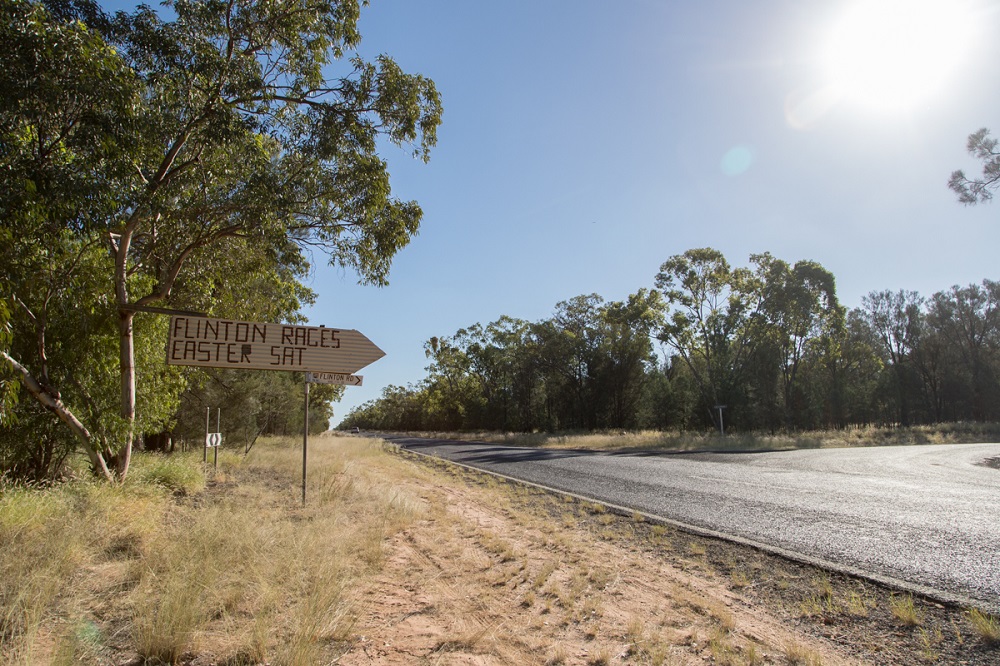 Tip 1: Get clear on your audience
Tip 1: Get clear on your audience
Before picking up any pen to marketing-plan paper, start by getting crystal clear on your audience.
The success of any marketing activity hangs in the ability of the creator to answer one simple question, “who is it for?”.
If you’ve read this post, we’ve made a step-by-step formula for defining your audience.
Tip 2: Write a marketing plan and allocate budget
With a target audience in sight, map out a plan of how you’d like to reach them. Include how much money you’re willing to spend to hit them with bullseye accuracy.
If you have no money, that’s fine, but you need to be realistic about your marketing options, likely organic social media and free creative tools like Canva.
We often sit down with regional events with no marketing budget to speak of, who still list Sunrise or the Today Show as part of their plans.
Sorry to be the bearer of bad news, but if you don’t have the budget to even host the crew’s breakfast, how do you expect to get them there in the first place?
Pssst – if you’re serious about PR for your event, you’ll want to read our DIY PR Guide.
Tip 3: Get seriously organised
What we know about event committees is they wear three or four different hats, and running an event is usually not their core business.
Given you have the benefit of time in the pre-promote phase, get organised by drafting all your social media posts for the lead up to the event.
We use a scheduling tool called Later on all our client accounts. This tool allows us to draft, plan and visualise how all Facebook and Instagram content will look in the feed.
While you’re busy organising food trucks, tent city and portaloos, your content will be firing without you needing to trigger it. For six more reasons to schedule your social media, you’ll want to read this guide.
During the event
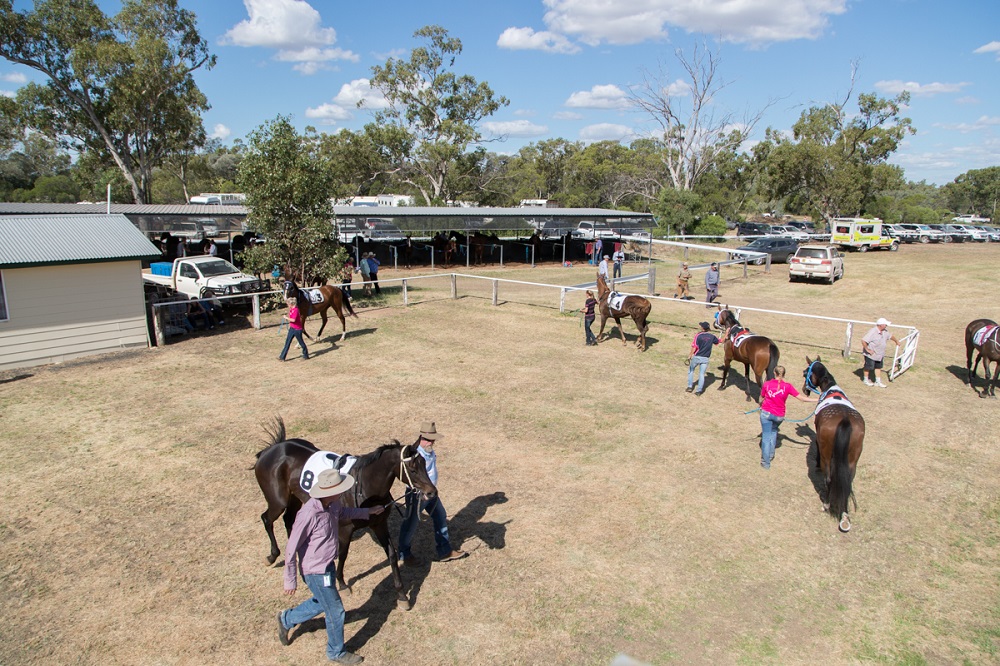 Tip 1: Invest in content creation
Tip 1: Invest in content creation
Unlike tour guides who get to perfect their experience with each and every tour, you only get one shot at running an event.
It’s imperative you use this year’s event to gather all the materials you need to set up the promotion of next years’ event.
If you want to show up four times per week on social media for the next 365 days, you know you need 208 different images to run your social media channels for the year. Use this as the basis for your shot list for the photographer.
In our opinion, a professional photographer and videographer are your best marketing investments. Use them to create social proof that your event is worth attending.
Remember when briefing a content creator, your photographer/videographer only has so many hours in a day and cannot be in two places at once.
If you’re running an event where there are multiple stages in operation at the same time, you’ll need two shooters if you want content of both.
Tip 2: Go Live
Events were made for live streaming. Good news – both Instagram and Facebook have free live technology built into them.
Both algorithms also favour live video so you’ll be seen by more people and the results speak for themselves.
According to Facebook Data, users comment 10 times more when their video is live, as opposed to uploaded after the fact.
More than just engagement with content, live videos at events have been proven to move the needle on attendance too.
In fact, 30% of people who watch a livestream of an event will attend the same event the following year (Source: EventBrite).
Tip 3: Combine IRL activity with what’s happening online
The best live events in our opinion, build a bridge between what’s happening online and what’s happening in real life (#IRL).
Take Coachella for instance. You don’t actually need to go to the event to feel part of the zeitgeist of it. You only need to hop onto Instagram to know what’s happening in the middle of the Colorado Desert.
It’s easy to create smaller Instagrammable social media moments for people at your event. It can be as grandiose as a flower wall or as simple as a corflute Instagram frame.
To ensure people share their content in the right place, plaster your hashtag and handle everywhere and hot tip, keep your hashtag evergreen. For example, use #MediaMortarLIVE rather than #MediaMortarLIVE2020 so you can reuse your signage time and time again (as well as the hashtag for future use).
Post Event
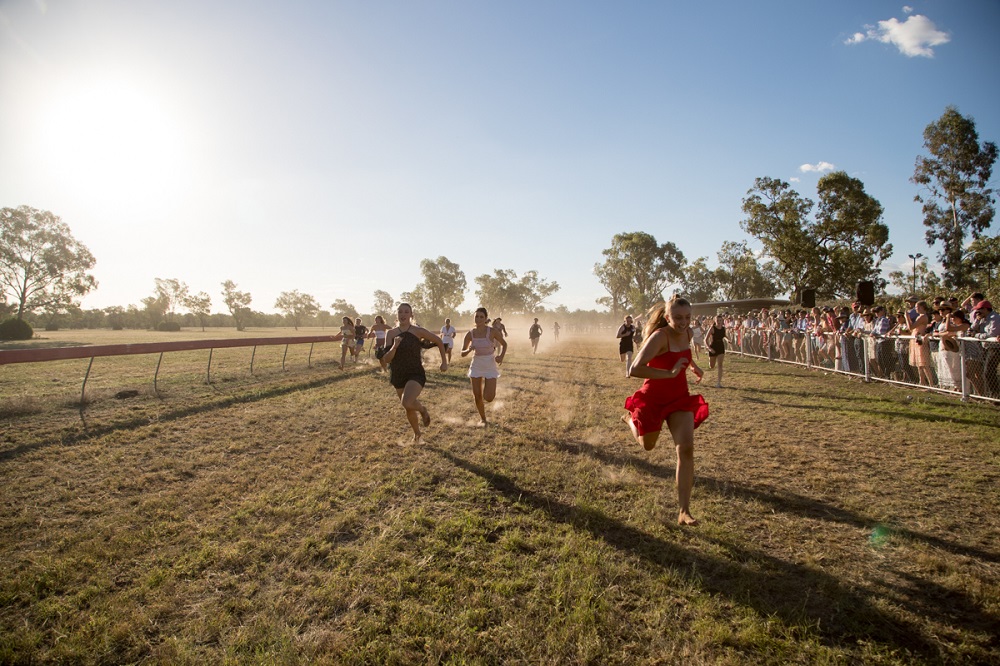 Tip 1: Create a highlight reel
Tip 1: Create a highlight reel
Just as footballers get interviewed as they come off the field, not three days later, the best time to capitalise on the excitement of your event is straight away.
Contract your photographer and videographer to submit their content within a few days of the event (better yet, same-day delivery). This way you can share the highlights of the event with your followers.
Share social-style albums from the event, asking followers to tag themselves to extend the reach of your content as you go.
You might also like to share your social style images with the local paper for feature – and plant the seed for next year (for more free PR ideas like this, swing over here).
Tip 2: Report it
We love a good learning, because without them, how else do you improve?
Take time at the end of the event to report what worked and didn’t work, following this reporting structure.
Just remember to save it down somewhere for next year’s festival coordinators to find before they embark on this journey again. Please.
Tip 3: Ask for reviews
While you’re fresh in everyone’s mind, ask your attendees to leave a review for you on your preferred channel.
In my experience, most events are great at sending a Survey Monkey to attendees asking for feedback. But that’s for internal purposes and doesn’t help build trust for new customers on your consumer channels.
This distinction is important because reviews are external facing. They have the core purpose of attracting more people to your event (it’s also our single biggest marketing play).
While we’re not dismissing internal feedback for improvements, you don’t want to dismiss the fact that according to Qualtrics 93% of customers read reviews before purchasing anything and are about to form probably your biggest marketing channel for next year’s event.
The best tip for last
Our final tip for all events in running their marketing – be brave and bold.
In our experience, most people opt for the strategy that’s least likely to fail, rather than the one that’s most likely to work.
Give your wildest ideas a go. Nothing ventured, nothing gained.
P.S. – if you liked this post, you might find our common marketing pitfalls blog helpful too.

By Hannah Statham
Hannah Statham is The Boss at Media Mortar. She’s a heavy weight wordsmith, punching with puns, analogies and metaphors that leave readers wanting more. When she’s not refreshing her Instagram feed, you’ll find Hannah walking her rescue greyhound Olivia.
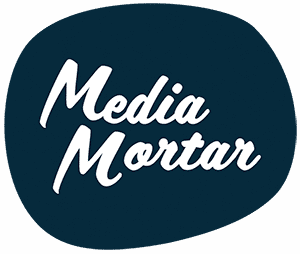
Recent Comments